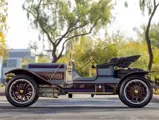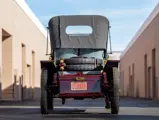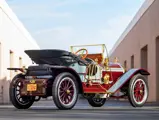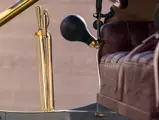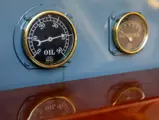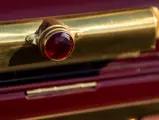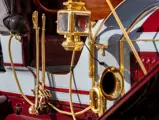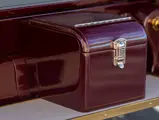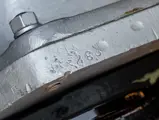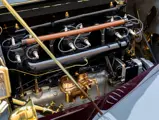
1911 Pierce-Arrow Model 66-A Runabout
{{lr.item.text}}
From The Janet Cussler Car Collection
Offered Without Reserve
{{bidding.lot.reserveStatusFormatted}}
- A true legend of the Brass Era: the largest engine ever in an American production car
- One of the great performance automobiles of its time
- Among very few known survivors with two-passenger coachwork
- Well-preserved, meticulous restoration; a veteran of long-distance tours
The legend of the Pierce-Arrow Model 66 is based on size; for many years, its T-head six-cylinder engine, displacing 824.7 cubic inches, was recorded by Guinness World Records as being the largest engine installed in a production automobile. For comparison, a Dodge Viper’s V-10 displaced only 505 cubic inches in its final iteration, and even the fabled Bugatti Type 41 Royale offered “just” 781 cubic inches. It rode on a chassis carried by 27-inch wheels, wrapped in 37-inch tires—sufficient that modern passengers ride at a lordly height, eye-to-eye with school bus passengers. Most importantly, it was immensely potent by the standards of its time, rated at 66 horsepower and with abundant throbbing torque. The result was one of the great Titans of the late Brass Era, as costly, sophisticated, and scarce for its time as a Pagani or Bugatti today.
Bernard Weis, the late historian for the Pierce-Arrow Society, accounted for only about 40 surviving 66s from the model’s entire run. Unsurprisingly, those fortunate enough to own them, tend to like them quite a lot, to the point of owning multiple examples—and they are very seldom released from within those collections.
The Model 66-A offered here was acquired as a project from Bruce Zillner by longtime enthusiast and skilled restorer, Robin Onsoien of Nipomo, California, in 2008. According to Mr. Onsoien, the car utilizes a correct 66-A-4 passenger car engine, with all related components being either original 66 or 48 parts, with the exceptions of a 12-volt electrical system, using an alternator under the original Westinghouse starter, and an upgraded Schebler carburetor. The engine itself was rebuilt with bored cylinders, forged pistons, and a modern driveshaft; the transmission was fitted with new gears for highway touring, and a 2.5:1 differential gear set was installed as well. All were mounted in a correct 66 chassis, beautifully crafted by Michael Paul, and outfitted with correct Hartford shock absorbers, new correct artillery wheels, and hydraulic brakes to ensure safety in modern touring.
The body was superbly built using Pierce-Arrow’s trademark cast aluminum construction, and liveried in an elegant gray and burgundy with matching leather seats and a charcoal gray top. Accessories include Rushmore headlamps, Pierce Solar 935C side lamps, a Dragon 812 bulb horn, Warner Auto-Meter combination speedometer/clock, and a taillight lamp with license plate light, wired to function as a brake light on tours.
Indeed, following its completion, Mr. Onsoien enjoyed the car in events as intended, noting in 2019 that it had completed every event that it had begun, including two tours of over 400 miles each, while running effortlessly at 60 mph—something of which few brass automobiles of this age are capable!
In the summer of 2019, the car was purchased by Clive and Janet Cussler, joining their own wonderful collection in Arizona, where it has been preserved alongside other significant Brass Era vehicles. Having been largely on display in recent years, it would require sorting before undertaking another major tour, but the restoration has held up extraordinarily well, with few signs of age or wear present anywhere on its finishes; it is still a showpiece, a testament to the quality of the workmanship.
There are few cars from its time that can compete on the road with a Pierce-Arrow 66, one of the most sought-after and desirable American cars of all time—here in perhaps its ultimate performance form, and well-set-up to enjoy today’s tours with gutsy panache.







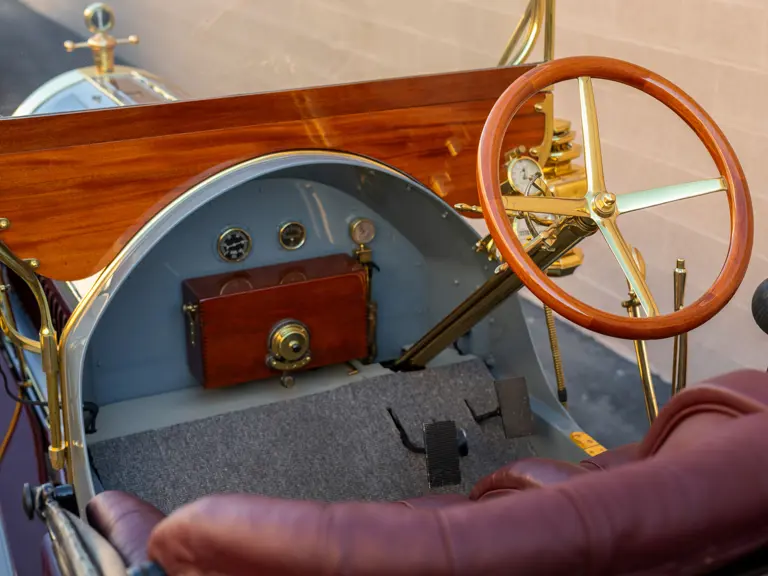























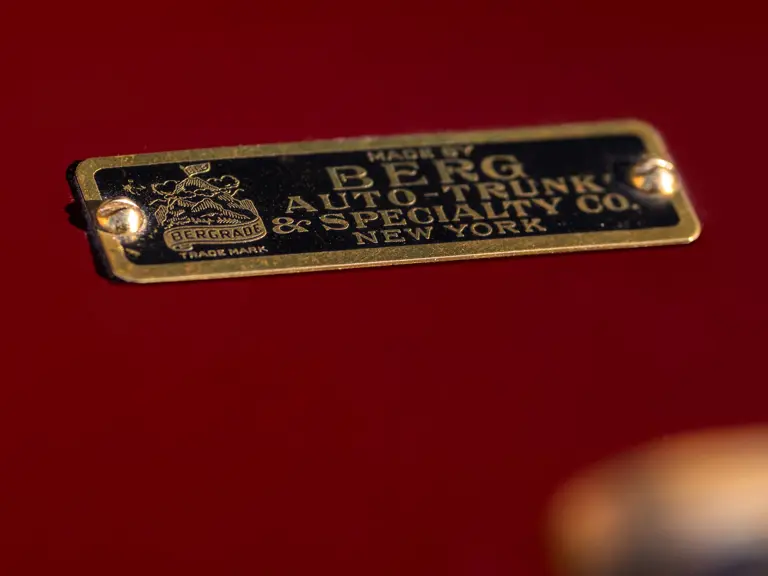









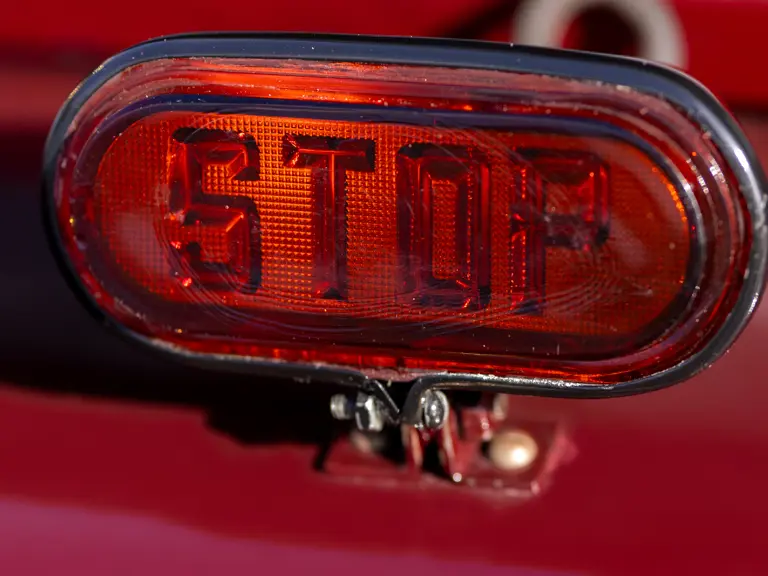







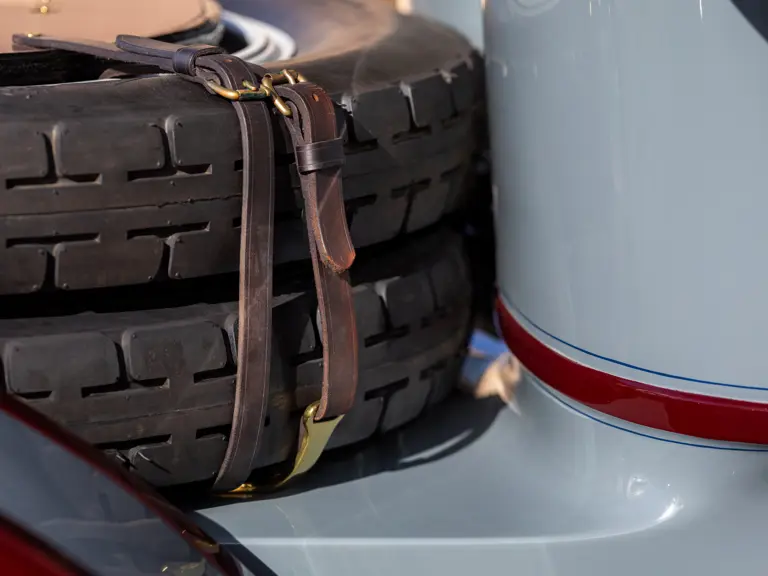












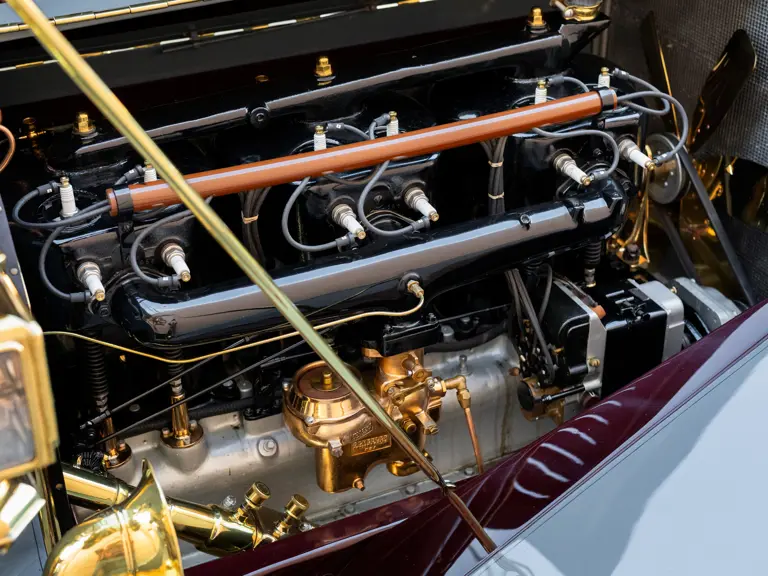
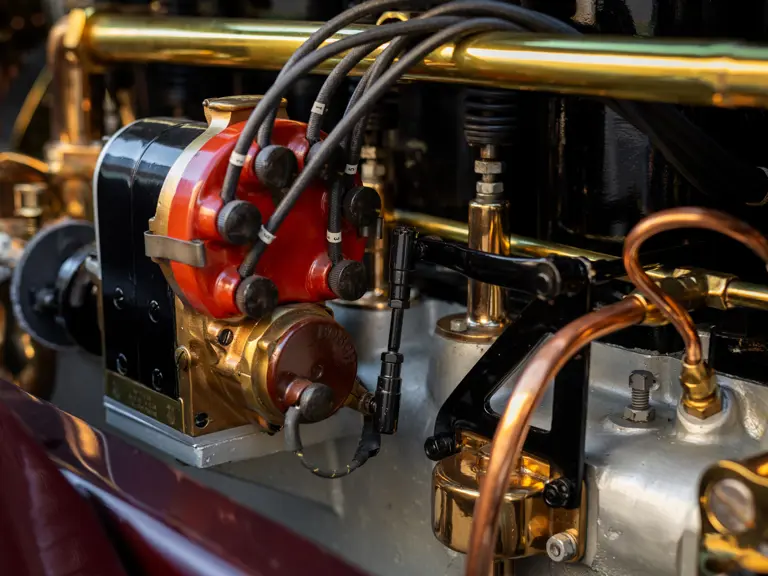

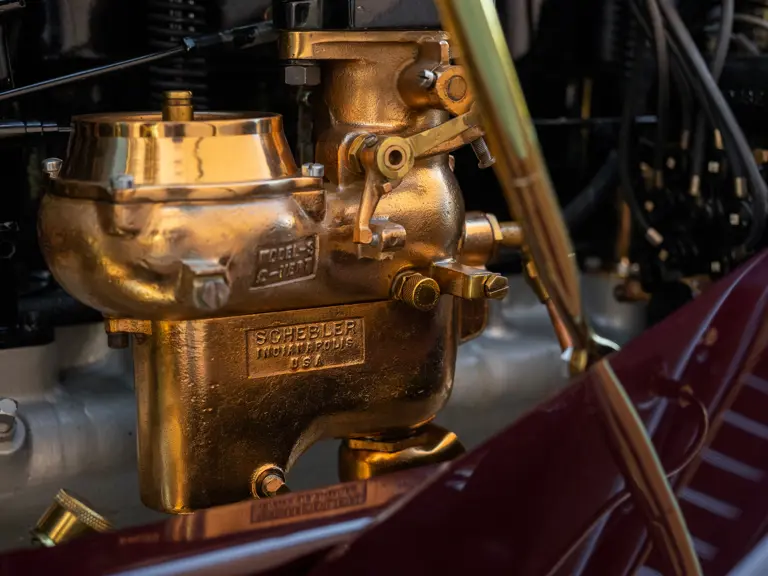
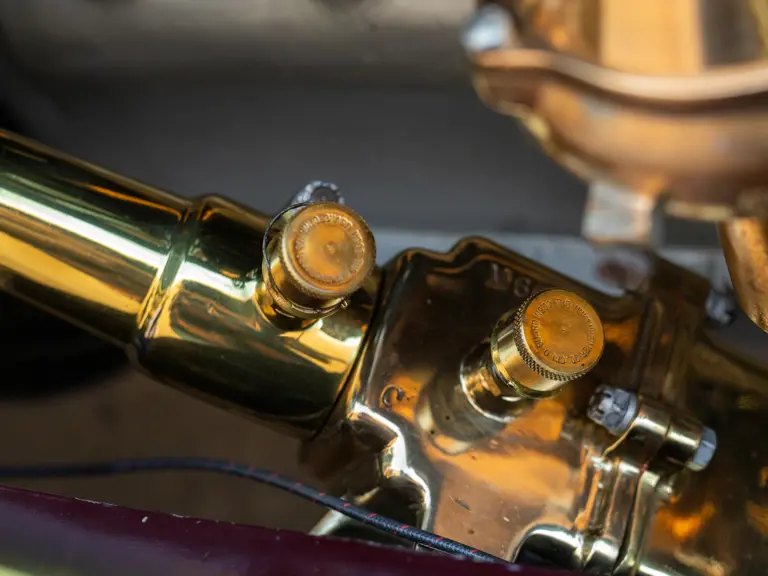


 | Phoenix, Arizona
| Phoenix, Arizona



